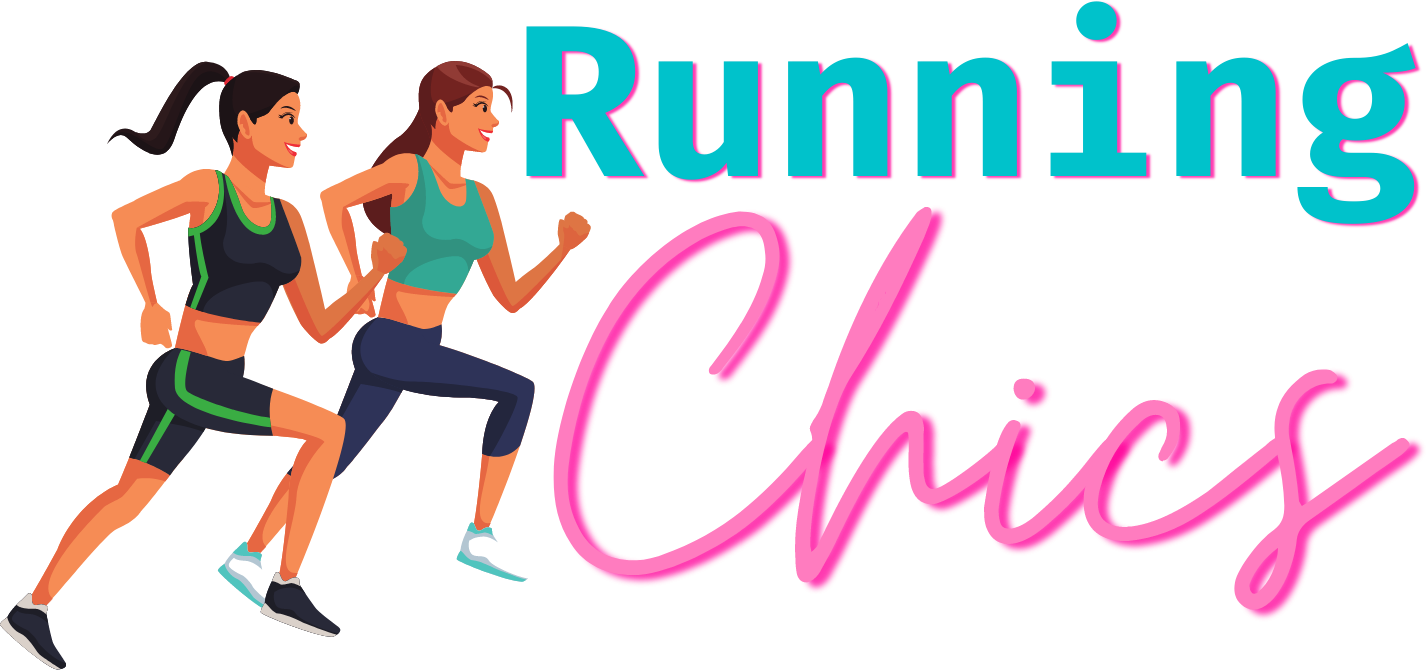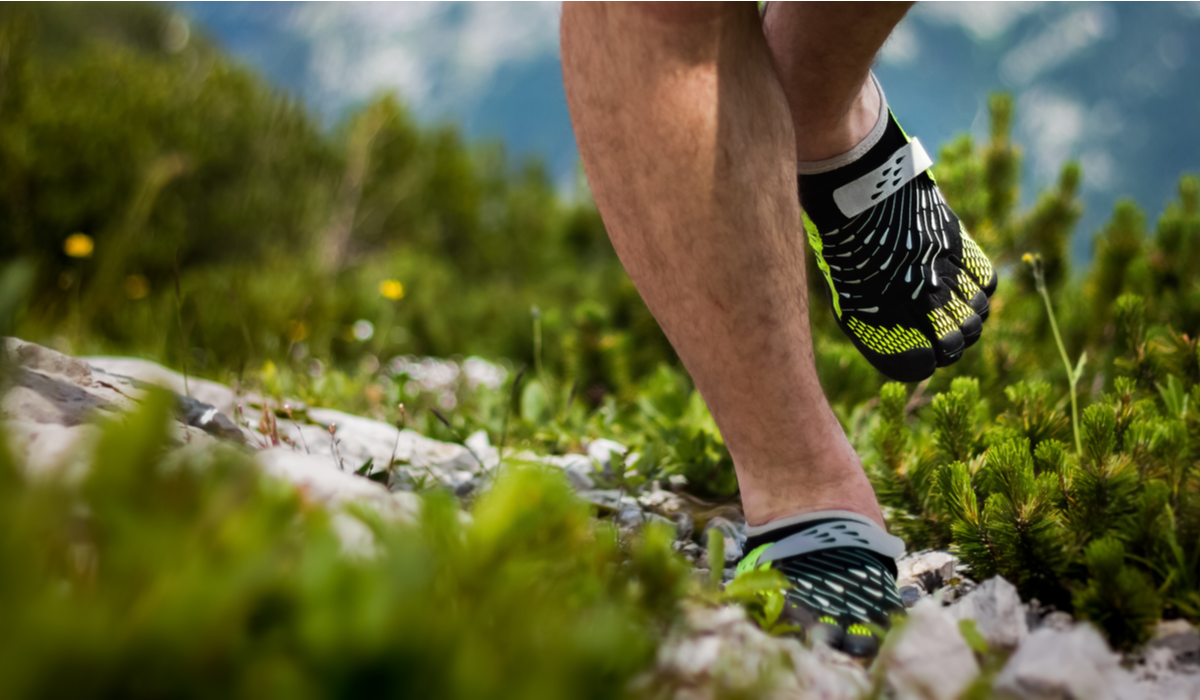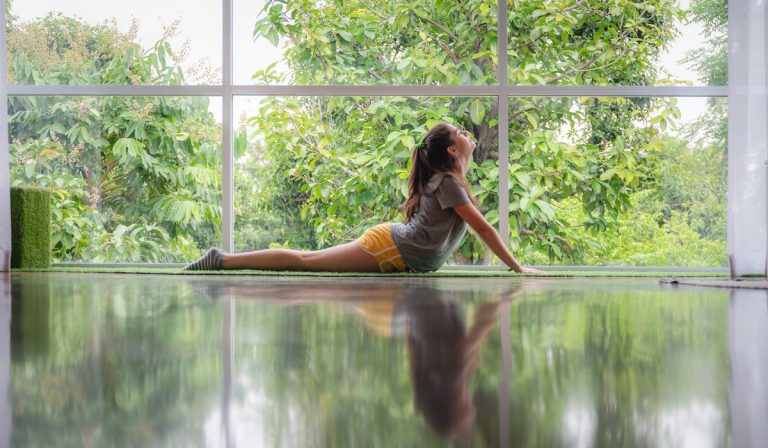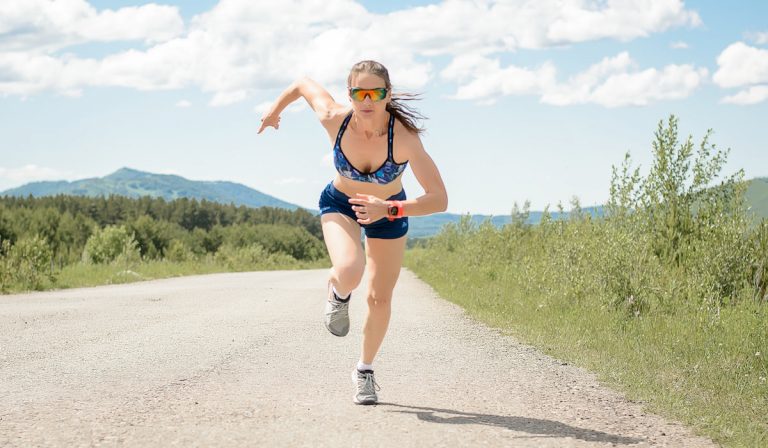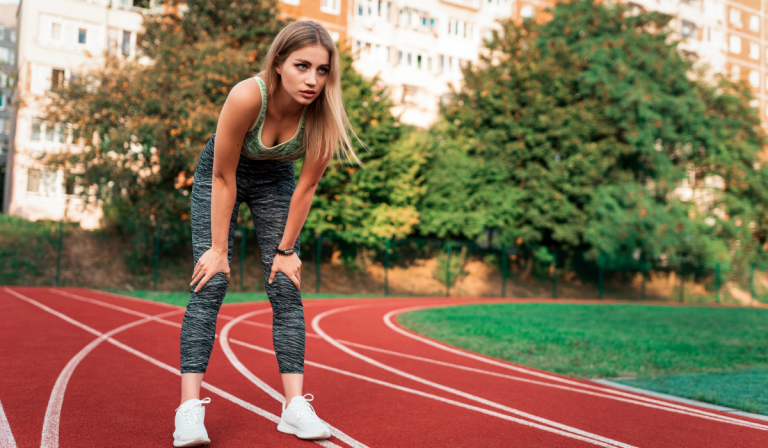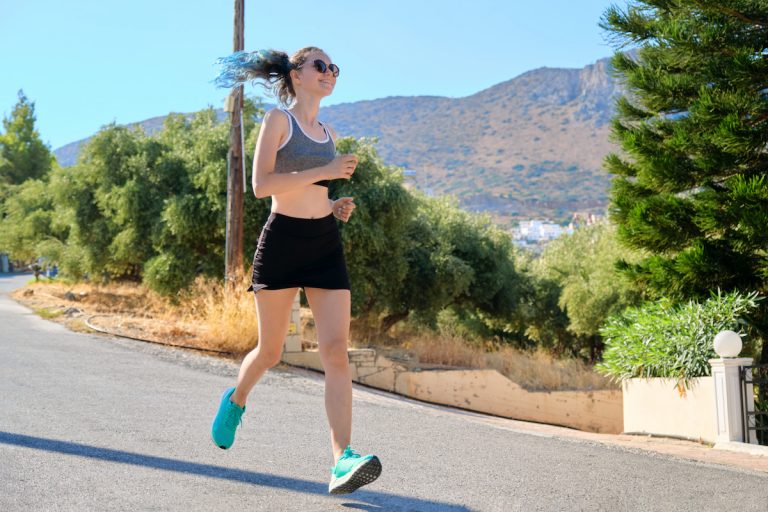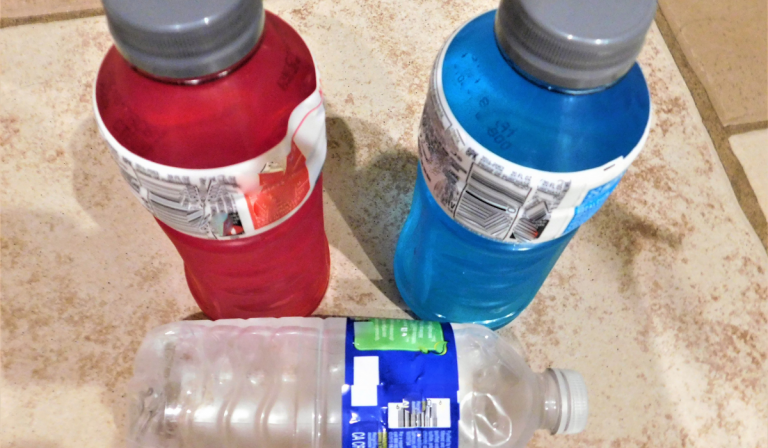Do You Wear Socks With Barefoot Shoes?
Barefoot shoes are quite unique and different from traditional shoes due to their wide sole. Thanks to the lightweight, flexible materials used to build the uppers and soles, the shoes are flexible, thin, and flat.
The goal of a barefoot shoe is for you to experience free movement with every step and not feel there is anything on your feet.
So, do you wear socks with barefoot shoes?
Wearing socks with your barefoot shoes is a simple matter of preference. If you choose to wear socks with your barefoot shoes, ensure they are neither too small nor tight. If the socks are ill-fitting, they can detract from the benefit of wearing barefoot shoes.
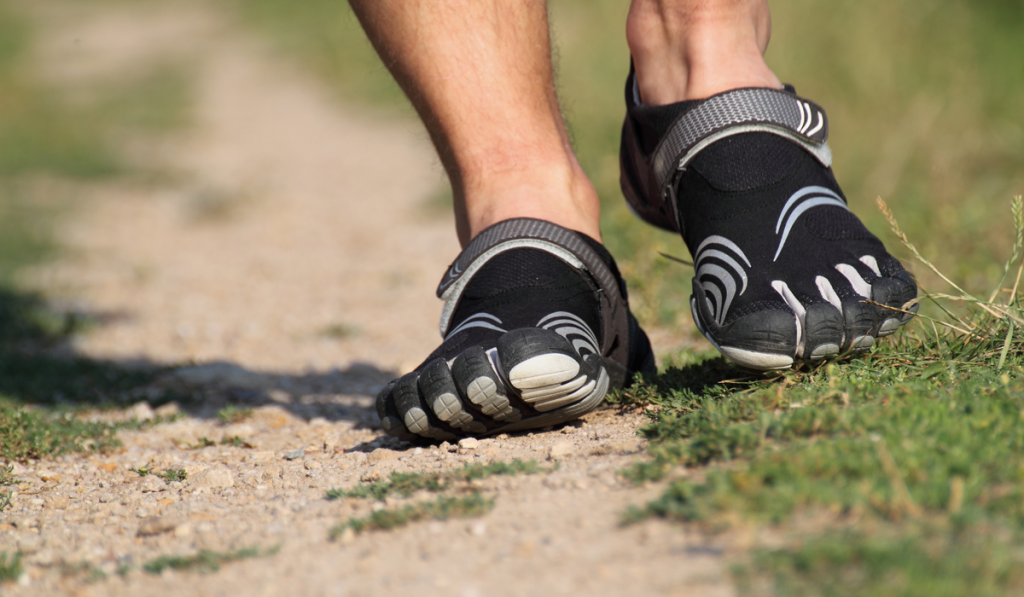
Below, we discuss wearing socks with barefoot shoes. We also talk about the features of good barefoot shoes and some health benefits of barefoot shoes.
Do You Wear Socks With Barefoot Shoes?
When people hear the term barefoot shoe, they instantly think of toe shoes. However, barefoot shoes are not always toe shoes.
Instead, barefoot shoes are simply shoes that provide you with a feeling similar to running or walking barefoot.
As we already mentioned, you can wear socks with barefoot shoes.
Since the aim of a barefoot shoe is to not restrict the natural movement of your foot, ensure you wear socks that will let you spread out your toes.
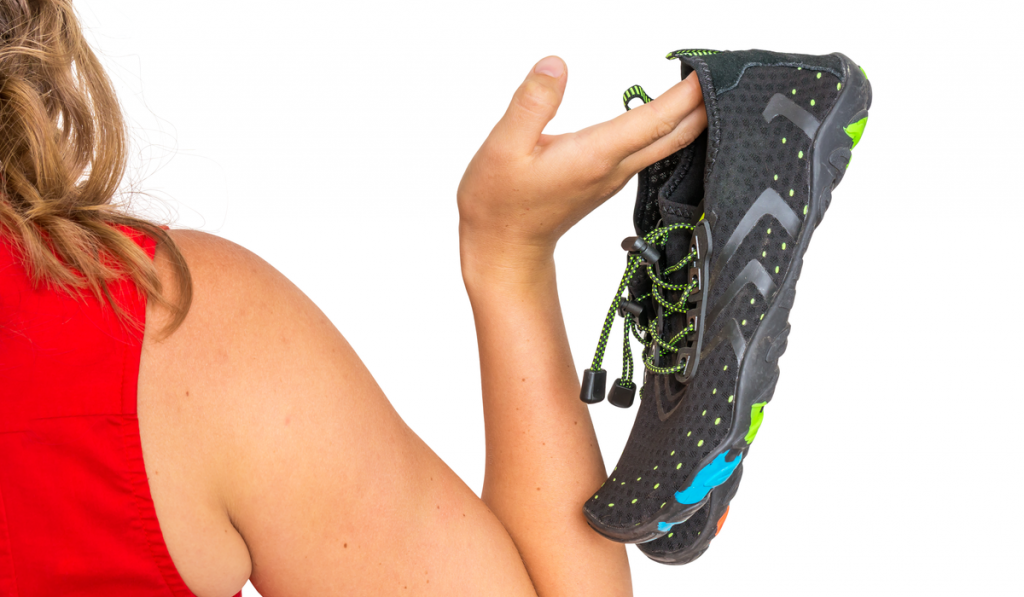
Why Wear Socks with Barefoot Shoes?
One reason for wearing socks with barefoot shoes is for hygiene.
Wearing socks will absorb sweat, and this makes cleaning the shoe easy. This, in turn, protects the lining and insoles, ensuring your barefoot shoe has a longer lifespan.
Features of a Good Barefoot Shoe
Zero Drop
A shoe’s heel drop is the difference in height between the front areas of the shoe and the area beneath the heel of your foot.
Barefoot shoes have zero heel drop. As a result, they do not elevate your heel in any manner.
The sole of a barefoot shoe has a similar thickness along its entire length. That means you have your foot flat against the ground, similar to when barefoot.
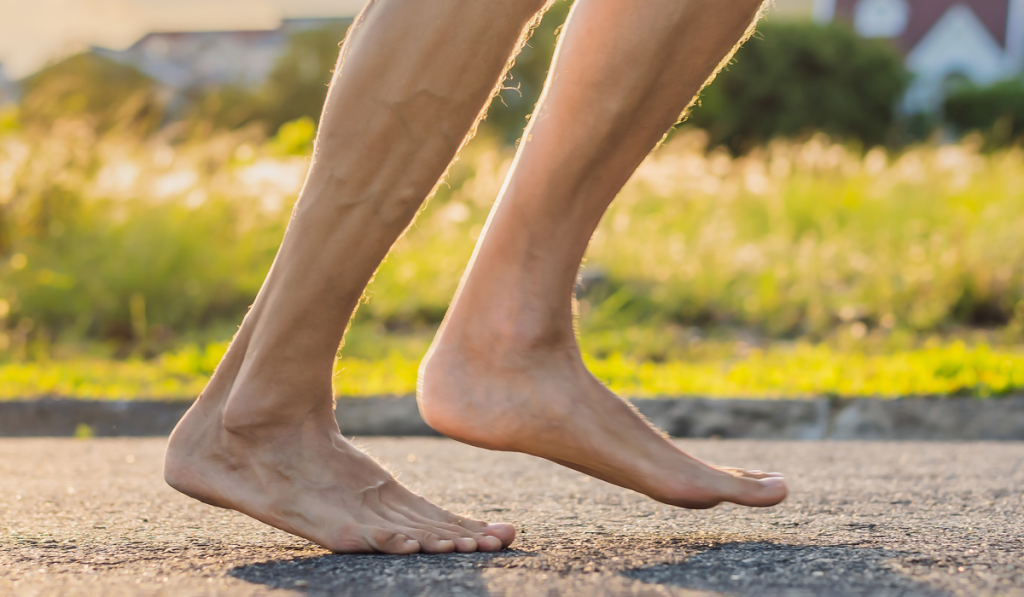
Thin Soles
The soles of barefoot shoes are thin. When you wear barefoot shoes, you will feel the ground beneath your feet.
Thin soles make it easier for the nerve endings to transfer information to the brain about your surroundings. The feedback helps to improve spatial orientation and balance.
Lightness and Flexibility
The mobility of your barefoot shoes depends on the material used to make the soles. Also, the material of the upper must be light and flexible.
Wide Toe Box
Most traditional shoes tend to become narrower towards the front. Since this does not always match the shape of our feet, it forces the toes into an unusual shape.
As a result, it limits the stability and freedom of the feet.
The toe box of a barefoot shoe is usually wide. It also matches the shape of the foot.
The toe box ensures your toes grip the ground and spread out naturally when running or walking.
No Support
Conventional shoes usually come with an insole, cushioning, or padding. The intention is to provide foot support and make things easier as you walk.
Although this support may seem ideal, it can cause the foot to become weaker over time. This happens when the foot does not have to work as hard and remains in “sleep” mode while you walk.
Barefoot shoes, on the other hand, deliberately leave out support. That means your foot can learn to support itself. And over time, it will become stronger.
Benefits of Wearing Barefoot Shoes
Below are some health benefits of walking or running with barefoot shoes:
Strong Muscles and Healthy Feet
When you wear barefoot shoes, your feet retain their natural shape and curve. This allows your feet to move in the manner nature intended.
When you walk or run with barefoot shoes, you use a wider range of muscles due to the wide shape of the shoes, unlike traditional shoes.
Barefoot shoes not only strengthen your foot muscles but ensure your feet work correctly to prevent deformities.

Pain-Free Movement
Most athletes, especially runners, prefer using barefoot shoes for healthier runs. When you walk or run, your strides cause a negative effect on your legs that affects your hip and knee joints.
When you wear barefoot shoes, you will learn to walk correctly by not landing on your heels but on the balls of your feet. Proper walking can prevent possible knee injuries.
Several athletes have quit due to the joint pain they sustained by running on asphalt. But when they transition to barefoot shoes and the pain disappears, they have no issues running on asphalt and other hard surfaces.
Since barefoot shoes engage all the foot muscles, they will affect your back positively. Using barefoot shoes for long periods can help eradicate back pain by encouraging good body posture.
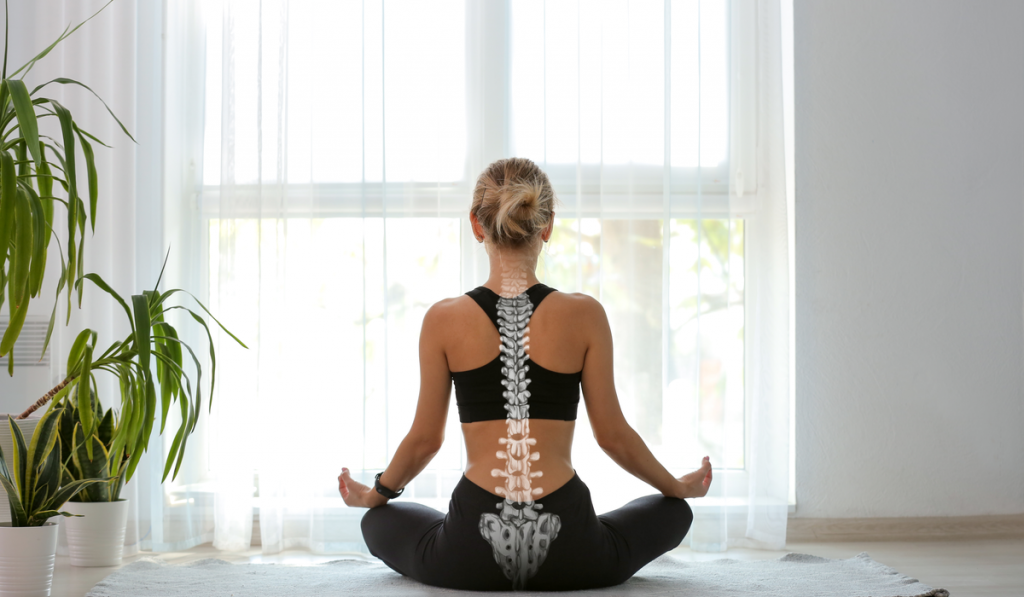
Stress and Tension Relief
Walking with barefoot shoes can help release the overall tension of your body.
When you use barefoot shoes, you will instantly feel the difference from regular shoes. It will give you a sense of freedom and joy.
Research also suggests wearing barefoot shoes can lower your blood pressure. It can also reduce the stress hormone cortisol.
Barefoot shoes do not limit your feet due to their flexible and thin soles. They are so comfortable you almost forget you have any shoes on.
Whole Body Reboot
Your feet have several acupressure points that connect different parts of your body. When you stimulate these points, it can revitalize various organs in your body.
When an acupressure point receives the right amount of pressure, it stimulates the connected body organ.
When you use barefoot shoes for long periods, they will keep activating and massaging the acupressure points in your feet. Traditional footwear soles do not permit such connections, unlike the soles of barefoot shoes.
Better Balance
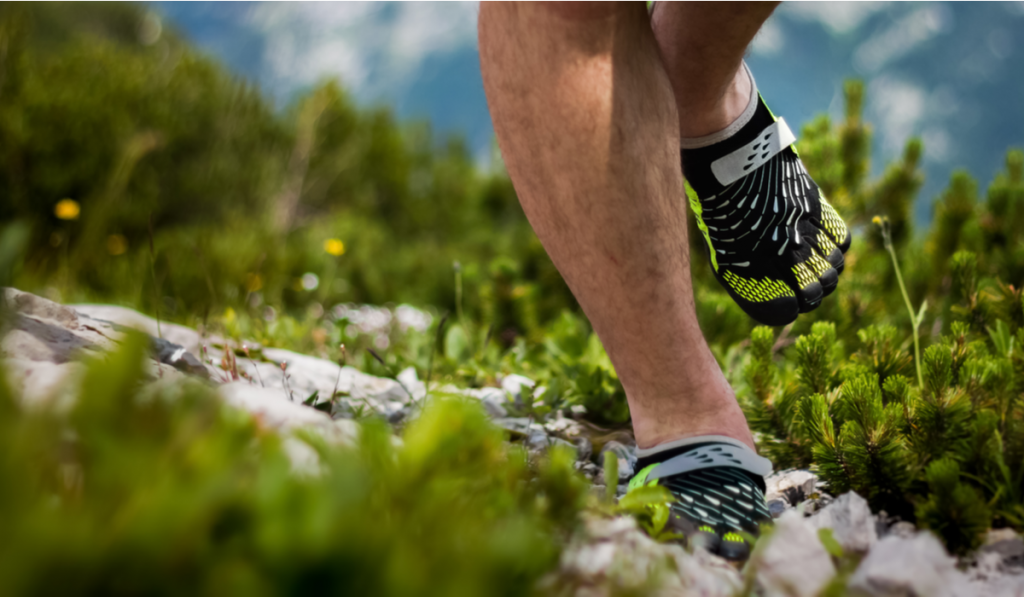
Due to thin soles of barefoot shoes, the brain can receive more information from the numerous nerve endings in our feet.
When you wear conventional shoes, your brain does not receive enough information about the surface you’re walking on, causing you to stumble, slip, or fall.
Walking with barefoot shoes keeps you aware of the surface you are walking on, helping you keep your balance in the process.
Final Thoughts
You can wear socks with barefoot shoes if you want. One of the primary advantages of wearing socks with barefoot shoes is the hygiene and ease of cleaning your barefoot shoes. With socks, you will not get sweat in your shoes, and as a result, they will be easier to clean.
Resources:
- https://barefootreport.com/how-long-do-barefoot-shoes-last/
- https://pursty.com/do-you-wear-barefoot-shoes-with-socks/?amp=1
- https://www.lovebarefootshoes.com/barefoot-socks/
- https://www.groundies.com/of-course-you-can-wear-your-groundies-with-socks/
- https://www.groundies.com/what-even-are-barefoot-shoes/
- https://www.belenka.com/blog/health-benefits-of-wearing-barefoot-shoes/
